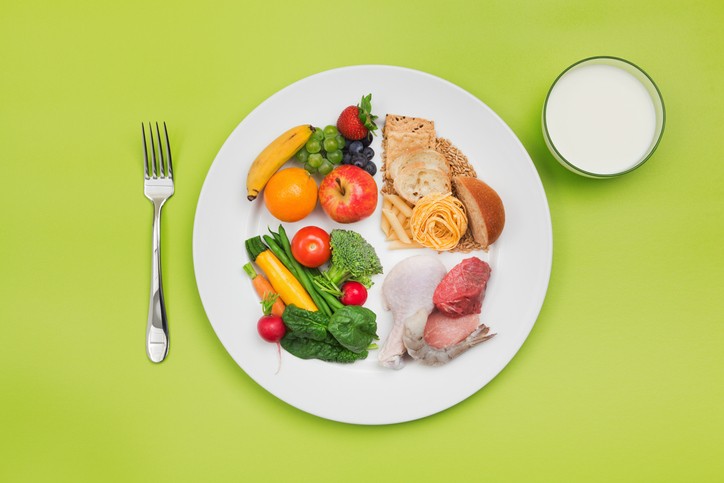Conquer the Crushing: Understanding and Managing Migraines and Headaches
JUN 19, 2025Understanding the type of headache you're experiencing is crucial for effective treatment.
Read More
Alright, alright, now don’t freak out. Yes, macronutrients are important but we tend to get caught up in the numbers. The numbers can make things more difficult.
The amount of macronutrients can vary based on many things – Are you sedentary? Are you working out every day for at least 30 minutes? Are your workouts primarily cardio or weight lifting? Do you have kidney disease? Do you have diabetes?
Unfortunately, I cannot generalize how many grams of carbohydrates, how many grams of protein, and how many grams of fat each of you need but I can tell you this – The American diet is VERY carbohydrate heavy.
If we shift our mind set and try eating more balanced meals the macronutrients will fall into place, without actually having to count them, or “get caught up in the numbers”.
Now, how do we go about this, without “counting” the numbers exclusively?
First off, we should know what the BEST or BETTER choices are from each food group so you can build a meal. This doesn’t mean we can’t stray from these lists or “treat” ourselves.
If the majority of the time we are eating more well-balanced meals, you will likely start seeing the results you want; the number on the scale decreasing, using less insulin, being able to fit into those pants again, more energy, etc.
Choose an item from each food group and follow the portion size recommendations.
Protein Foods (3-5 ounces, per meal depending on your activity level):
If your beef or pork has the word “loin” it, it is one of the leaner cuts. The best methods for cooking sources of protein would be roasting, baking, boiling, or grilling. Avoid frying.
Vegetables (1 cup – unlimited, per meal):
With vegetables the list can go on and on it is easier to remember the starchy list (peas, corn and potatoes). You will want to lump those vegetables in with grains as they act like a carbohydrate when broken down in the body.
Fruit (1-2 servings, per day):
Again, the list can go on and on. But remember fruits act like a carbohydrates when broken down in the body. This doesn’t mean it is a “bad” food but you may want to look at it differently depending what health or nutritional goal you are striving for.
Dairy (2-3 servings, per day):
Grains (1/2 cup per meal, limit between meals):
You should shoot for ALL your grains to be whole grain. If that goal is too high for you starting out, start with at least HALF of your grains from a whole grain source.
Oils (5-6 teaspoons):
If you are going to reach for a snack between meals first ask yourself; Am I truly hungry? Am I bored? Am I thirsty? Do I need to go for a walk?
If you do decide you are TRULY hungry the best snacks to reach for include a protein source (15-30 grams).
Do you have more questions about macronutrients in your diet? Talk with one of our CHI Health Dietitians!

Understanding the type of headache you're experiencing is crucial for effective treatment.
Read More
Proper diet is essential in maintaining bladder and bowel health as they affect your gut microbiome.
Read More
Did you know that what we eat can be directly reflected in our mood? Different foods and combinations of foods can boost our mood and help with symptoms of anxiety.
Read MoreWhen you need local health information from a trusted source, turn to the CHI Health Better You eNewsletter.